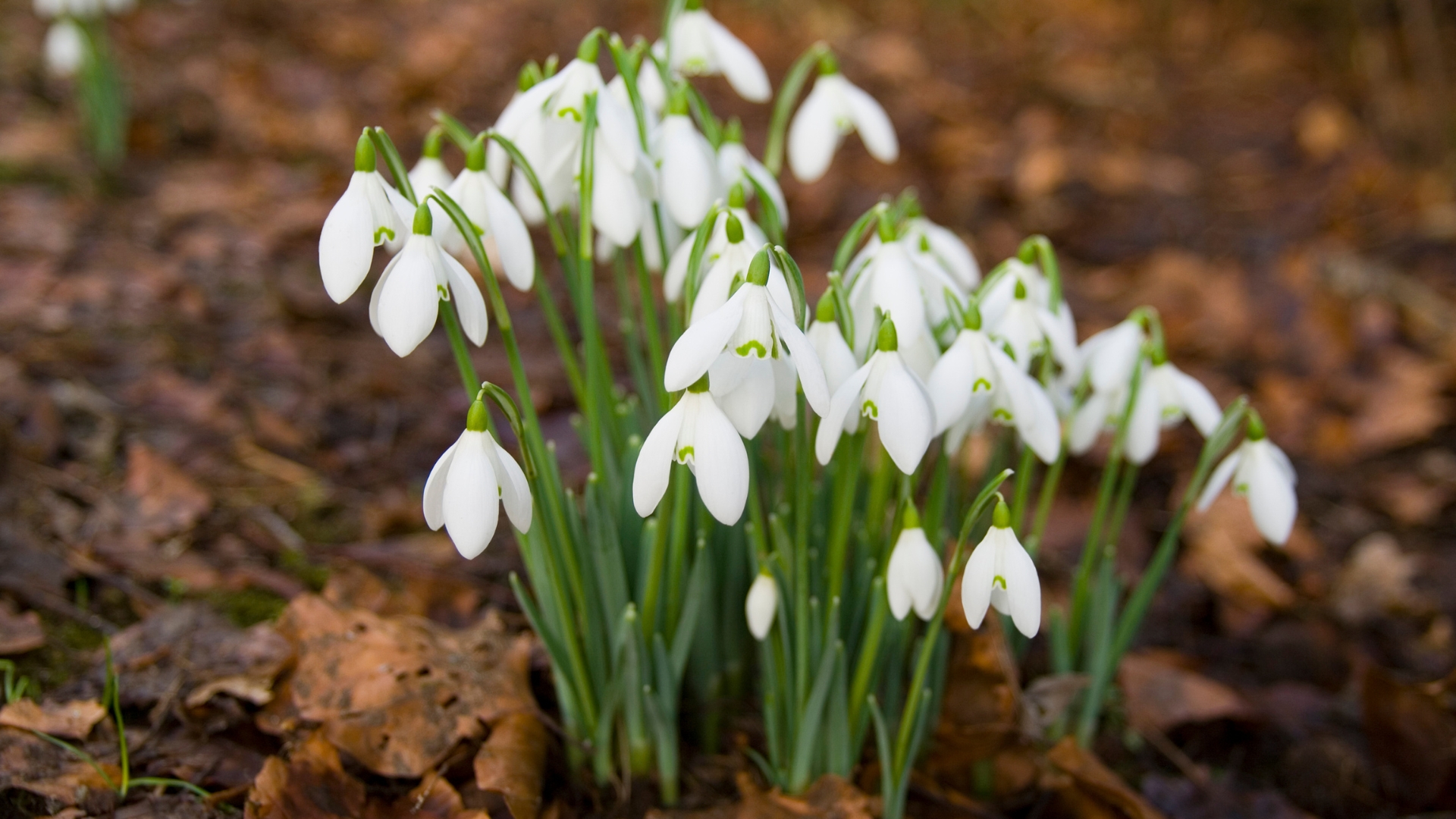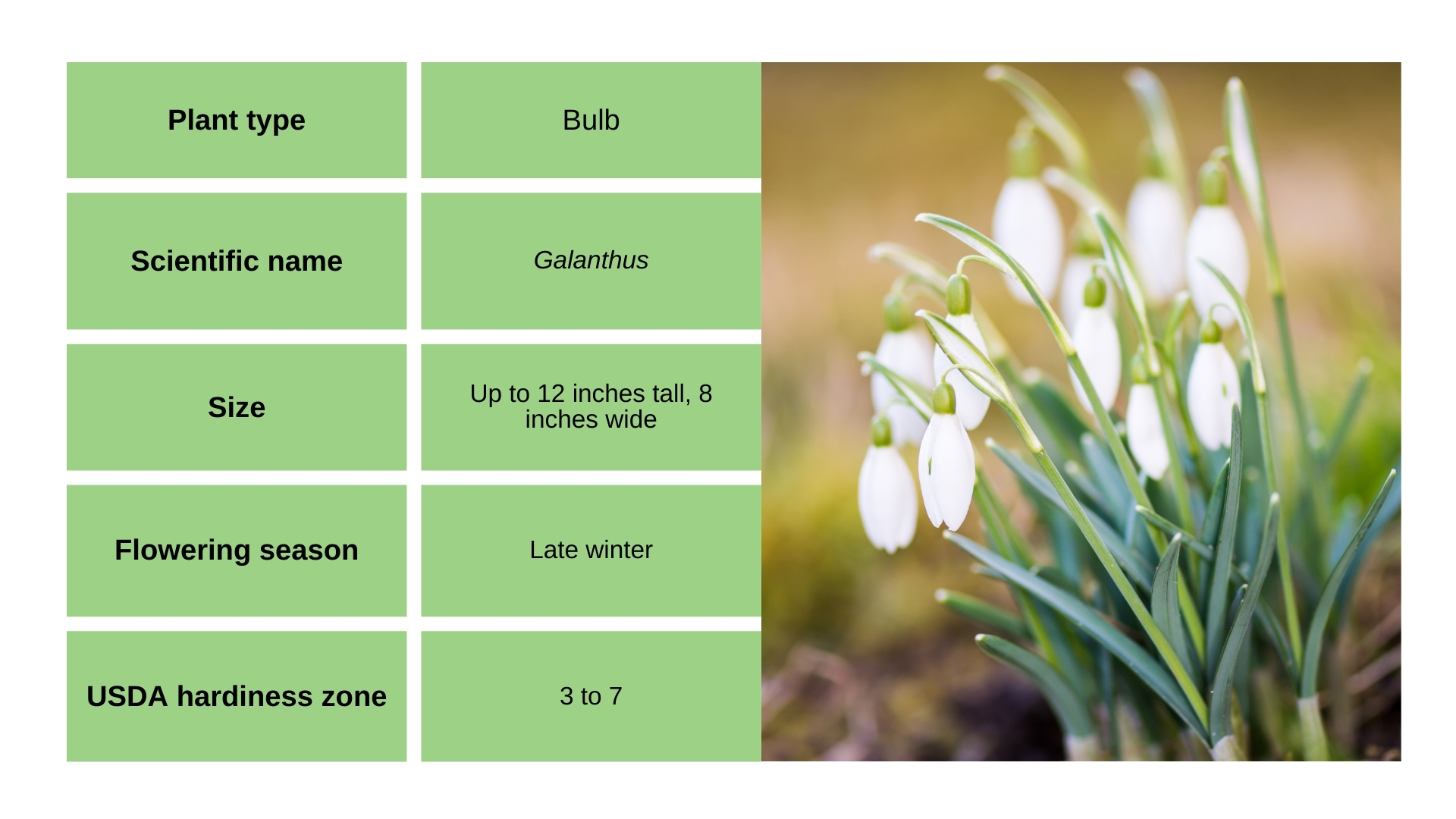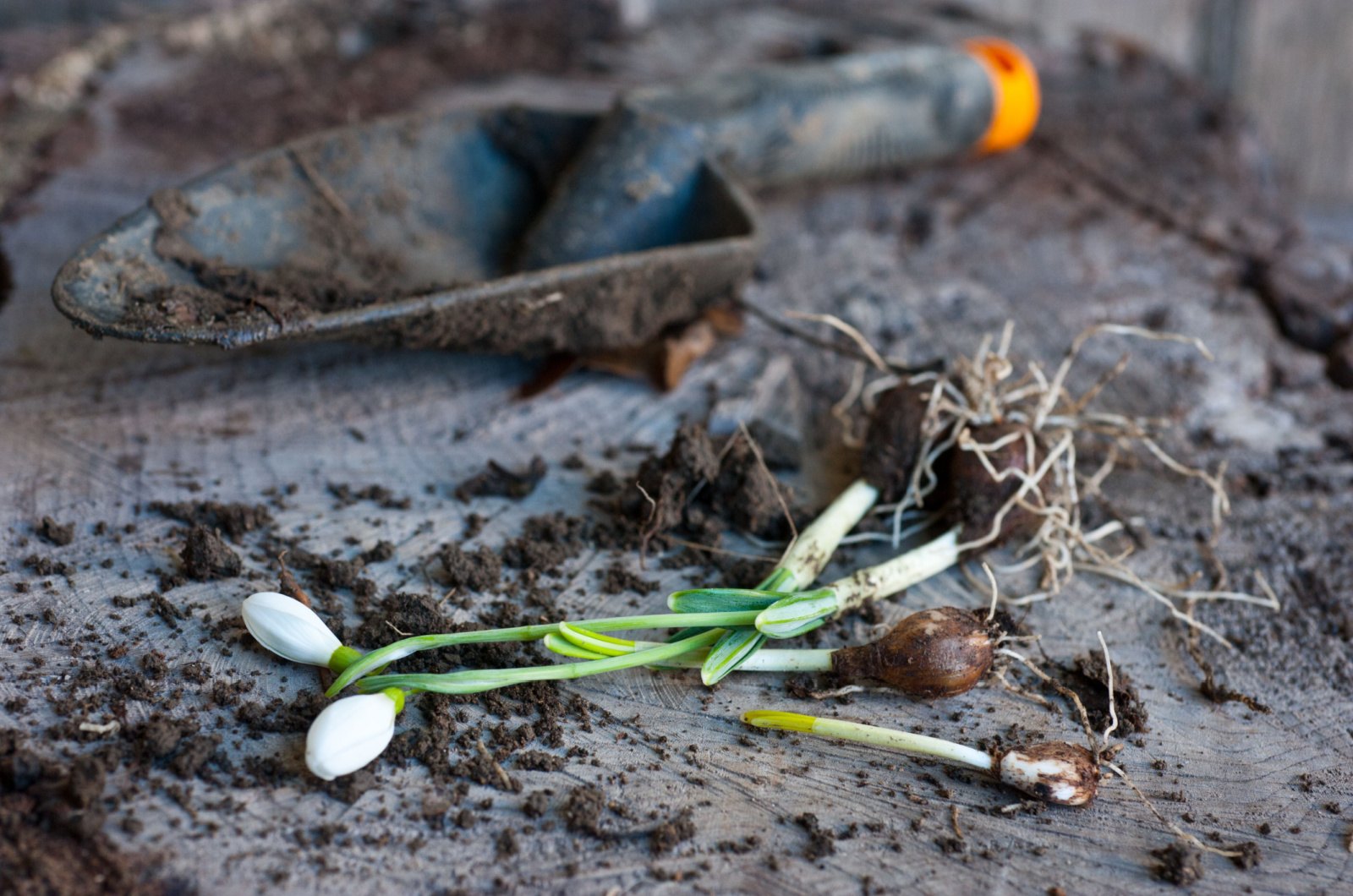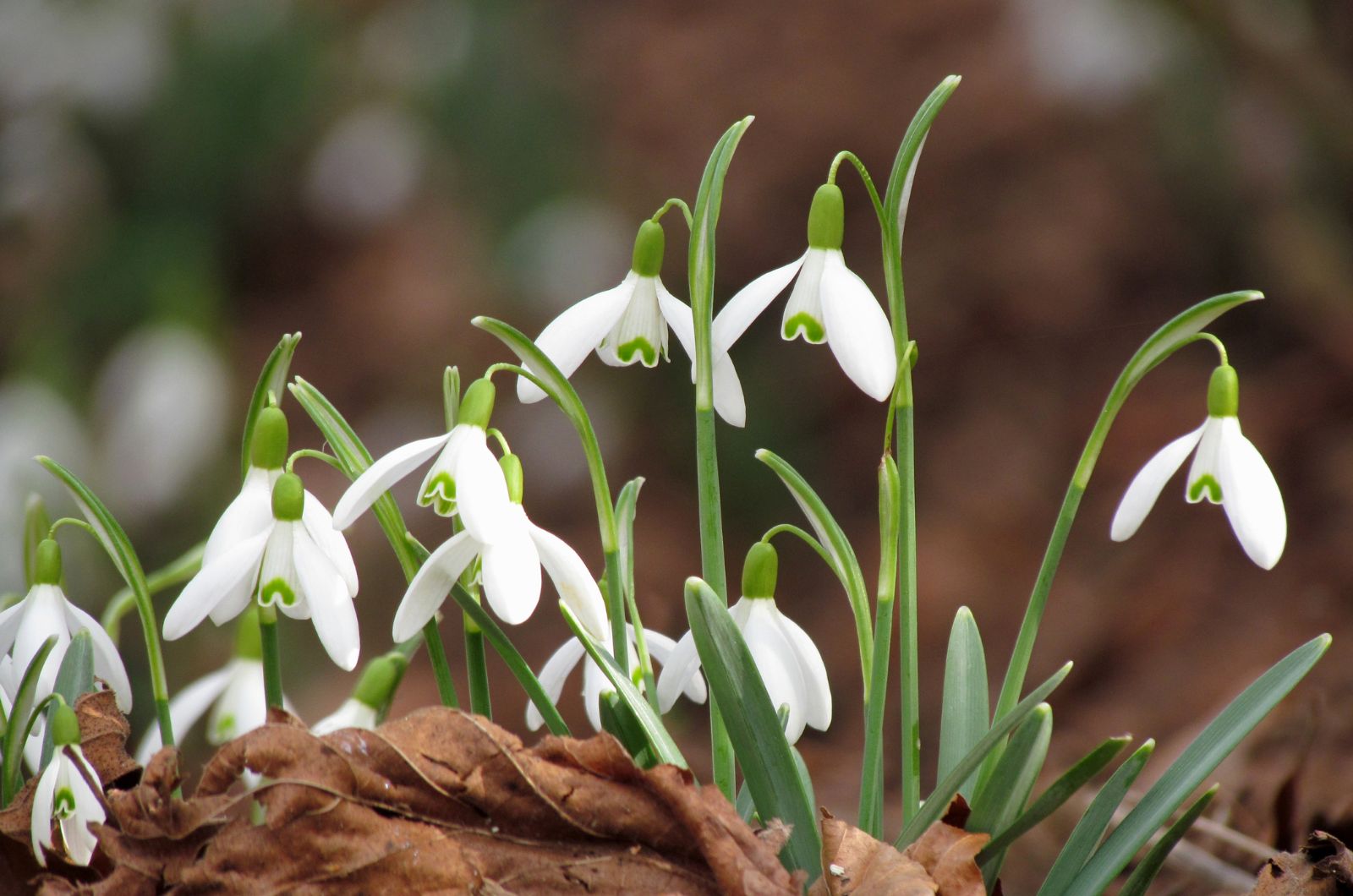As winter’s chill begins to soften, snowdrops emerge from the ground and announce the arrival of spring. Bees are impatiently waiting for the bell-shaped blossoms to feed on their nectar.
Even though these aren’t a native species, they still offer many benefits.
If the beauty of these delicate plants enchants you and you want to add them to your garden, you’re in the right place.
In this article, I’ll show you how to grow snowdrops, from selecting the varieties to dealing with common issues.
Let’s get started!
Varieties To Select
As mentioned, these aren’t a native species, but they have naturalized widely. There are actually about 20 types of Galanthus species and they have a long history.
The most popular species is the Galanthus nivalis aka common snowdrop. This single-flowered species provides food for bees and is an excellent candidate for mass planting.
Some less common species include plicatus, a hardy variety, and elwesii, which has larger blossoms that emerge from tall stems.
Interestingly, there are over 2,000 different varieties and a great number of them are pretty expensive. You’ll most likely need to pay around $30 for a few bulbs. Believe it or not, the most expensive snowdrop bulb was sold for over $2,000!
You definitely don’t want to waste your money, so meet all the snowdrop’s requirements to keep it happy and healthy.
The most common species grown in the US is nivalis; Flore Pleno is one of the varieties of nivalis and it features gorgeous white and green blooms.
If you prefer scented plants, then S. Arnott is a perfect choice. The Atkinsii is one of the larger snowdrops, and both the S. Arnott and Atkinsii are pretty pricey but, in my humble opinion, they’re worth it.
When To Plant
As you may know, these are some of the most famous flowers for early spring. And that’s actually the best time for planting snowdrops. You should do it while the plants are still flowering, before their foliage dies back.
If you missed the chance to plant snowdrops in spring, you can still do it in early fall. In this case, snowdrops are started from dormant bulbs.
Some gardeners prefer planting their Galanthus plants in the fall because green growth in spring is more susceptible to transplant shock.
I prefer planting in early spring and, as long as you’re careful, your snowdrops will do just fine after transplantation.
When purchasing snowdrop bulbs, make sure the suppliers are reliable; bulbs sold in garden centers are frequently dried and won’t make it after transplantation.
How To Plant Your Snowdrops
It’s essential to select a spot for your sundrops that meets all their requirements. First, you need to pay attention to sun exposure.
These plants thrive in partial shade, and if you have some deciduous trees or shrubs, you can plant your snowdrops under and around them.
Snowdrops enjoy nutrient-rich soil types with excellent drainage and the ability to retain moisture.
Leaf mold and compost make perfect amendments to snowdrop soil. Additionally, you can add some grit to enhance drainage.
Always plant your snowdrops on a sunny day and make sure the ground isn’t frozen or waterlogged. A hole should be three times the depth of the snowdrop bulb.
If the ground is still frozen and your snowdrops arrived earlier, plant them in compost and keep them in a frost-free spot.
Lenten roses and aconites make a perfect combination with snowdrops and will add a special touch of beauty to your spring garden.
Naturalising Snowdrops
If you meet all the requirements of your snowdrops, you’ll quickly be rewarded with an abundance of white blooms.
The clumps spread pretty fast and you’ll get a large flower bed by planting just 3-4 clumps of snowdrops.
You will most likely need to divide these plants about 3-5 years after planting. Once March or April arrives, carefully lift the snowdrop bulbs and divide them before replanting.
Spots under or near deciduous trees are perfect for this purpose. It will save you time and effort you would otherwise spend on mulching.
What I especially like about snowdrops is that they aren’t heavy feeders. To enhance growth, you can add some leaf mold every couple of years.
Leaves from deciduous trees make an excellent mulch for snowdrops and will ensure all the nutrients these plants need to thrive.
Common Pests And Diseases
The two most common diseases that affect these species are gray mold (1) and narcissus leaf scorch (2). Unfortunately, these diseases can’t be treated and you’ll need to remove your snowdrops from the ground and discard them if they occur.
The nivelis species are more susceptible to these diseases and mild and humid weather is the most common cause.
Mice enjoy nibbling on the blossoms and you may also see some slugs and snails munching on them.
Another critter that can attack your snowdrops are squirrels, but they prefer feeding on dormant bulbs planted in early fall.
Snowdrops are undoubtedly one of the prettiest flowers out there and they make you forget the dull winter days. Just follow our guidelines and have your spring garden adorned with gorgeous snowdrops!
References
1. Gray Mold (Botrytis). (n.d.). Illinois Extension.
2. Narcissus (Daffodil): Leaf scorch | Hortsense | Washington State University. (n.d.).





